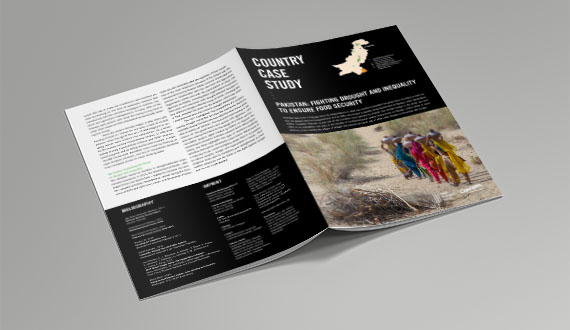* See Box 2.1 for details
**See About section for details
Source: Authors. See recommended citation.
Note: For the 2017 GHI, data on the proportion of undernourished are for 2014–2016; data on child stunting and wasting are for the latest year in the period 2012–2016 for which data are available; and data on child mortality are for 2015. GHI scores were not calculated for countries for which data were not available and for certain countries with small populations. The boundaries and names shown and the designations used on this map do not imply official endorsement or acceptance by the International Food Policy Research Institute (IFPRI), Welthungerhilfe (WHH), or Concern Worldwide.
The 2017 Global Hunger Index (GHI) shows long-term progress in reducing hunger in the world. The advances have been uneven, however, with millions of people still experiencing chronic hunger and many places suffering acute food crises and even famine.
According to 2017 GHI scores, the level of hunger in the world has decreased by 27 percent from the 2000 level. Of the 119 countries assessed in this year’s report, one falls in the extremely alarming range on the GHI Severity Scale; 7 fall in the alarming range; 44 in the serious range; and 24 in the moderate range. Only 43 countries have scores in the low range. In addition, 9 of the 13 countries that lack sufficient data for calculating 2017 GHI scores still raise significant concern, including Somalia, South Sudan, and Syria.

52 pages | 4.9mb

4 pages | 844kb

4 pages | 872kb

8 pages | 1.4mb

2 pages | 1.9mb